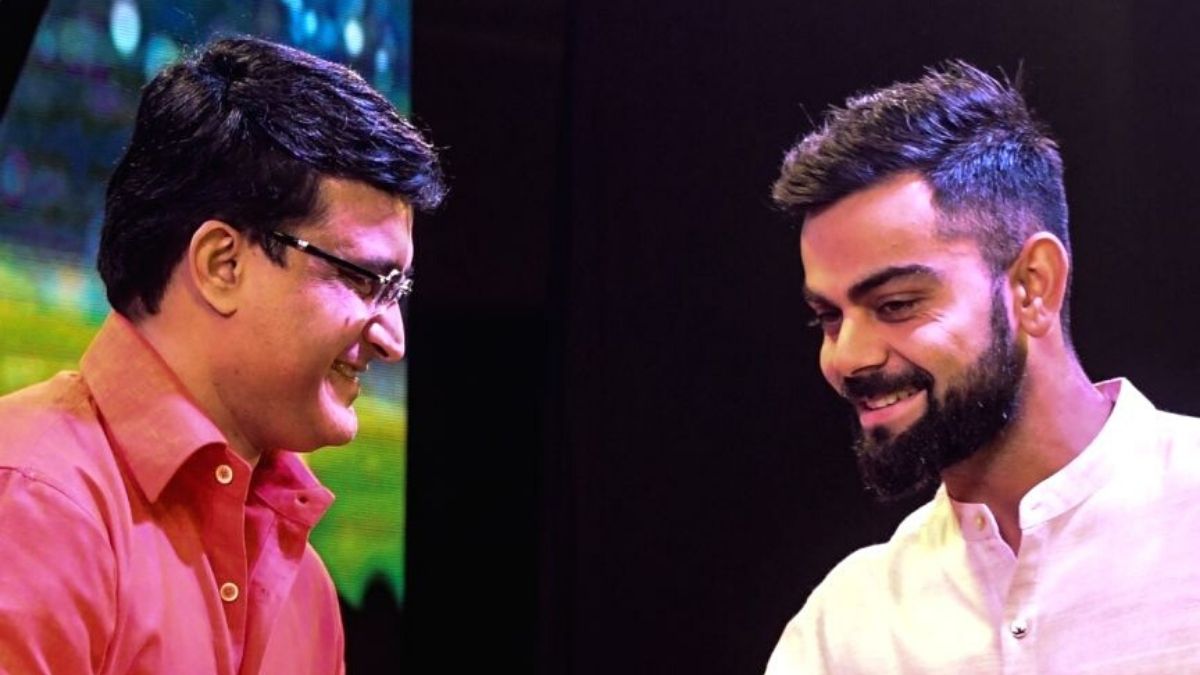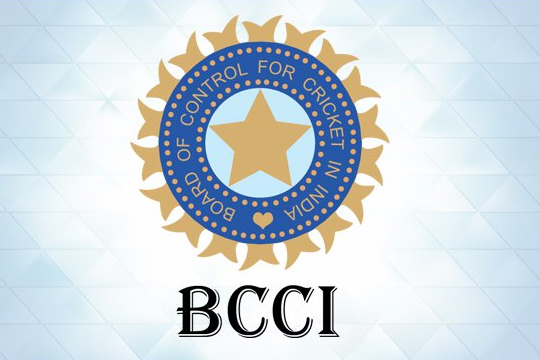
Babar Azam, Pakistani ace batsman, owing to his tremendous form, is nowadays being compared by his fans to Virat Kohli. If we look at their contract money from their respective boards, there is a huge difference. Babar Azam, from his contract with Pakistan Cricket Board (PCB), receives almost the same amount in a year that Virat Kohli gets from the BCCI in just a month.
Moreover, the amount of money ($1 million) that the PCB spends on all the players, is nearly the same that Virat singlehandedly is receiving from BCCI ($0.9 million). Recently, the cricket boards of Pakistan, Australia and New Zealand announced the new annual agreement of their players. None of these is even closer to the BCCI’s contract amount.
However, the Indian players do not receive the highest amount of fees from their respective boards. England & Wales Cricket Board (ECB), contrastingly, spends more on its players. Cricket Australia (CA) also spends a large chunk of its revenue on its players. In the past several years, CA has spent about 25% of its annual revenue on the players, while the BCCI spends less than 5% of its total revenue through the central contract.

Nonetheless, players of the world’s richest board lag behind, which is chiefly owing to the lower proportion of money spent from the revenue, and partly due to the lower currency value than that of England and Australia Ben Stokes, who made a big contribution in England winning the World Cup last year, earns more than the BCCI’s A+ category players (Virat, Rohit and Bumrah).
Stokes receives 6,50,000 pounds annually under contract from the ECB, while he earns 2,75,000 pounds from white-ball cricket. That means he collectively earns a total of 9,25,000 pounds, which is around Rs 8.5 crore. In contrast, Virat, Rohit and Bumrah have an agreement of Rs 7 crore each. Similarly, English fastbowling sensation Jofra Archer earns one million pounds annually, which is more than Rs 9 crore.
In previous years, Steve Smith and Joe Root also earned more money from their central contract than Virat Kohli. This year they have not disclosed the contract amount. The total annual income of the BCCI is estimated to be over Rs 3,730 crore. The contracts, from October 2019 to September 2020, are in four categories and include 27 players. Players from categories A+, A, B, and C are annually paid Rs 7 crore, Rs 5 crore, Rs 3 crore, and Rs 1 crore respectively.
However, as compared to other major boards, the appearance fee that Indian players receive is far less. Indian players are paid Rs 5 lakh for every Test math, Rs 3 lakh for an ODI match, and Rs 1,50,000 for every T20 international match. Moreover, performancerelated bonuses include Rs 5 lakh for scoring a hundred in Test or ODI and Rs 7 lakh for a double hundred in a Test match.
However, English players are paid around Rs 14 lakh for a Test appearance and Rs 7 lakh for an ODI appearance. As for each T-20 international appearance, they are paid a sum of nearly Rs 3 lakh. In New Zealand, Kane Williamson, Trent Boult, Ross Taylor and Tim Southee are in the top bracket, earning $2,43,000 each. Similarly, in South Africa, Faf du Plesis ($4,50,000) and Quinton de Kock ($3,50,000) are in the top bracket as well.
In Sri Lanka, Dimuth Karunaratne earns $3 lakh and is in the top bracket; Angelo Mathews, Dinesh Chandimal, Rangana Herath and Suranga Lakmal earn $2,50,000. Bangladesh Cricket Board too has increased the salaries of its players up to 7 % in 2017. The impact of this monetary incentive on the youngsters was such that they defeated India in the Under-19 World Cup finals. Currently, in the top category, Tamim Iqbal, Mushfiqur Rahim, Mashrafe Murtaza, Shakib Al Hasan and Mahmudullah are getting paid between $57000 and $60000.